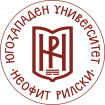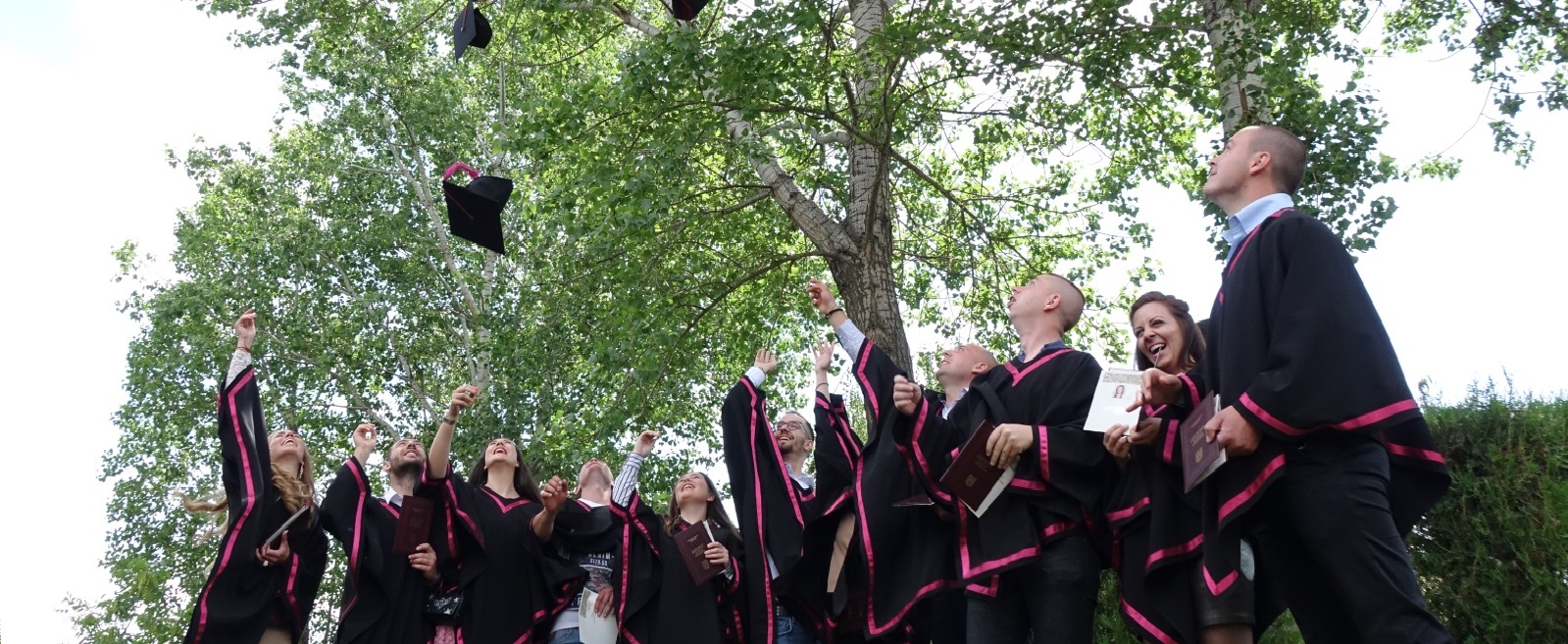A writer and educator of the Bulgarian Revival, one of the first scholar-encyclopaedists in the new history of Bulgaria, the patron of the South-West University in Blagoevgrad – Neofit Rilski, will remain in the history as the notable educator – humanist who founded the first Bulgarian secular school in Gabrovo in 1835. In addition, the first “Bulgarian Grammar” [Bolgarska gramatika], which was published in the same year, unified the regularities of all Bulgarian adverbs to make the contemporary Bulgarian language a powerful catalyst for the development of the Bulgarian language, its preservation and praise of Bulgarian self-consciousness; and all this – with the clear idea that it is school and only school that serves as the powerful tool to make the Bulgarian ethnic area one whole.
This is how Neofit Rilski ranks among the multitude of educators who changed the mindset of our revival intellectuals and who, back in XIX century, outlined the strategic tendencies of the Bulgarian nation for a century ahead – a struggle for an autonomous church and the revival of an independent Bulgarian country.
Nikola Poppetrov Benin – the future Neofit Rilski (1793-1881) was born in Bansko – a town situated 60 km south of Blagoevgrad, at the foot of the Pirin Mountains – currently one of the prestigious European winter resorts. Some contemporary Bulgarian etymologists trace back the origin of the name of the town, and respectively – the Benini families (Banovi, Baanovi) to the common noun “бан“ (ban) the semantics of which is related to the Slavonic “knyaz”(duke or prince in medieval Slavonic countries). It is known that this settlement points to the Byzantine influence during the Second Bulgarian Empire, and during the years of the five-century Ottoman rule it is an autonomous state. In this respect, the statement that the town of Bansko is synonymous to Knyazhevo seems authentic. It is highly probable that the family name might have originated from an old family, given the fact that with the liberation of one of the first principalities on the Balkans – the Serbian one, two representatives of the Benini family, Marko Teodorovich and Mihail German, have been invited in the royal court in Belgrade. The latter was later appointed an ambassador of the new country in Constantinople. Marko Teodorovich, who owned a trade office in Vienna, self-financed the publication of the well-known in the academic world “Marko Teodorovich’s Primer” in 1792 as the person called the Bulgarian from Razlog – aimed at “those who want to study Slavonic letters”. In fact, the career of the renowned Bulgarian revivalist figure starts from the monastery school of his father in Bansko and passes on through the Rila Monastery – the biggest Eastern Orthodox Monastery on the Balkans even to this day. It was there that he arrived in 1811 to study painting under the founder of the Paining School in Bansko – Toma Vishanov – Molera. However, instead of a painter, he entered religion accepting the name Neofit, studied in the town of Melnik, where he received prominent education for the time. At the end of 1826, Neofit Rilski already resided in the town of Samokov where he founded a Slavonic – Greek school in which, along with Ancient and Modern Greek, Old Bulgarian (Church Slavic) was also taught. In 1834, he accepted the invitation addressed from V. Aprilov and N. Palauzov to become a teacher in the town of Gabrovo, where with the help of the Muskatovi brothers, Ivan H. Bakalooglu and the local leaders, the first Bulgarian secular school was founded. Neofit Rilski is one of the first supporters of the recognition of the Modern Bulgarian Language. He suggests that lithurgical books be abandoned and special pedagogical literature which is in compliance with the tasks of the time and age peculiarities of children be created. His authority as a clergyman, writer and educationist reaches far beyond Bulgarian ethnic boundaries – in 1836 he received a tempting suggestion by the Serbian knyaz Milosh Obrenovich to take on the Bishop’s Department of one of the wealthiest and largest eparchies in Serbia – the one in Chabat. However, he did not accept the offer and even left Gabrovo – embarrassed by the attempts of the local wealthy men to interfere with his “uncommon” teaching methodology of the time. After a certain period of residence in the centre of orthodoxy – the monasteries of Athos, he settled in the town of Koprivshtitsa in September 1837 where he became a head teacher in the newly founded mutual school. It was the young people studying there who later determined the image of the Bulgarian scholarly and artistic intelligence – Nayden Gerov, Hristo Pulekov, Zahari Knyazhevski; it was there that teachers from all parts of Bulgaria came to enlarge their knowledge. Gradually, the school took a leading position in the clerical life of the country preparing the so much needed teachers for the Modern Bulgarian education.
In 1839, “following the recommendation” of the management of the Rila Monastery, Neofit was forced to come back to the monastery. Yet, even occupying the position of a monastery secretary, his time was fully devoted to the care of painting the central monastery church, but he did not leave the writing and teaching, giving everything he could – he worked with full will on “the deed of his life” – an exhaustive Greek-Bulgarian Dictionary, he wrote student’s books and school reference books, he compiled psalm-books, published the hagiographies of St. Ivan Rilski, St.St. Cyril and Metodius, Patriarch Fotiy; he also helped the copying and publication of the Rila Royal Charter from 1378 of Tsar Ivan Shishman – the last ruler of the Second Bulgarian Empire, which is still kept in the monastery library. This is the time when, following the royal recommendation of the Patriarchate of Constantinople, he finds himself in the Theological School of Halki– one of the Princes’ Islands near Constantinople. Here, he heads the Department of Slavic Language, i.e. he becomes the first Bulgarian university professor. The books that he publishes, the rich documentary material, the vast reports all point to the fact that the monk from the Rila Monastery is an intellectual on a large European scale. Although a clergyman, every step of his is a strive for reformulation and improvement of the educational system in Bulgaria, firstly by persuading that schools should be founded, and after that churches and monasteries. His “Bolgaska gramatika” (Bulgarian Grammar) of 1835 is in fact the first real manifestation in the development and recognition of a unified national Modern Bulgarian Language. After his prominent mutual-teaching tables, having had a tremendous impact on education in Bulgarian, he compiles the first school regulations – “Uchenicheski distsiplinaren pravilnik”(“Student discipline regualtions”)(1837), “Ustav”(“Rules”)(1848), he publishes student’s books – “Krasnopisanne”(“Calligraphy”) (1837), “Aritmetika”(“Arythmetics”)(1851), “Hristomatiya slavyanskogo yaziaka” (“A Reader of the Slavic Language “)(1852), etc. He also translates Aesop’s Fables (1852) having proven to be quite useful in school work, as well as in pedagogical and religious essays. Another fact is also undeniable – the translation of the Gospel, which he did in 1840, plays a crucial role in the establishment of the Modern Bulgarian Language, and in this aspect, with its six editions, it turns into a real political platform of the Bulgarian National Revolution.
His personal library, considered to be one of the richest during the National Revival, impresses with the breadth of his interests and encyclopedic knowledge – starting from Pedagogy, Geography and History, and reaching Linguistics, Music, Literature, etc. in Bulgarian, Church Slavonic, Greek, Russian, Serbian, French, Turkish, as well as other languages.
Sure of the power of knowledge over ignorance, Neofit Rilski rings a worried bell in the name of the salvation of the country: “Enough of sleep, our country Bulgaria has slept for so many centuries…!”
This is how his image travels in time as one of the first scholar-encyclopedists in the modern Bulgarian history – he “the Patriarch of Bulgarian writers and educationists”, the way the Czech Konstantin Irechek, the Minister of Education at the end of 19c., suitably named him.
If he had lived in a settled country, this tremendous deed would have placed Neofit Rilski among the leading names of the Era of European Enlightenment.
(Mihaylov, Krum. Neofit Rilski. Lichnost i vreme [Neofit Rilski. Person and Time]. Neofit Rilski University Publishing House, Blagoevgrad, 2007)









